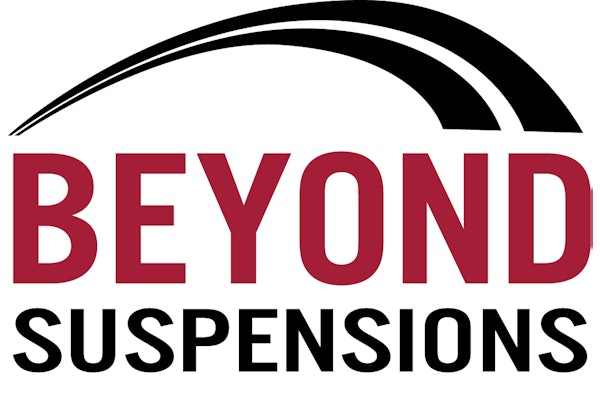When you pull a single item from a stack, the shape of the entire pile shifts. The complexity of trucks makes it impossible to even minutely alter one core component without sending a shudder of alterations through the entire vehicle.
This year brought no small changes. The redesign of the 2007 engines and the accompanying exhaust aftertreatment devices necessitated systemwide changes. To get an idea of the scope of changes, consider that according to the Diesel Technology Forum, in 2007 it will take 60 trucks to equal the particulate emissions of one truck in 1988.
Decreased emissions vehicles require extra cooling capacity. Most engine manufacturers now use exhaust gas recirculation (EGR) to reduce nitrogen oxide (NOx) emissions. EGR works by recirculating exhaust into a truck’s air intake system, thus diluting the engine’s fuel/air mixture. Since exhaust gases already have been through combustion, they do not burn again; essentially, they are inert. The presence of this inert gas forces the fuel/air mixture to burn at a lower temperature, which decreases NOx formation.
Before EGR, exhaust simply was released into the air. “Basically, with EGR, what you’re doing is bringing part of the exhaust pipe under the hood of the truck,” said Tim Shick, director of marketing and field support, big bore engine business, International Truck And Engine. “And in so doing, you have to cool the exhaust so it doesn’t super-heat the underhood area. Naturally, this adds to the cooling load of the truck because that part of the exhaust system historically would be outside the vehicle,” Shick explained. Now exhaust must be cooled by about 1000







